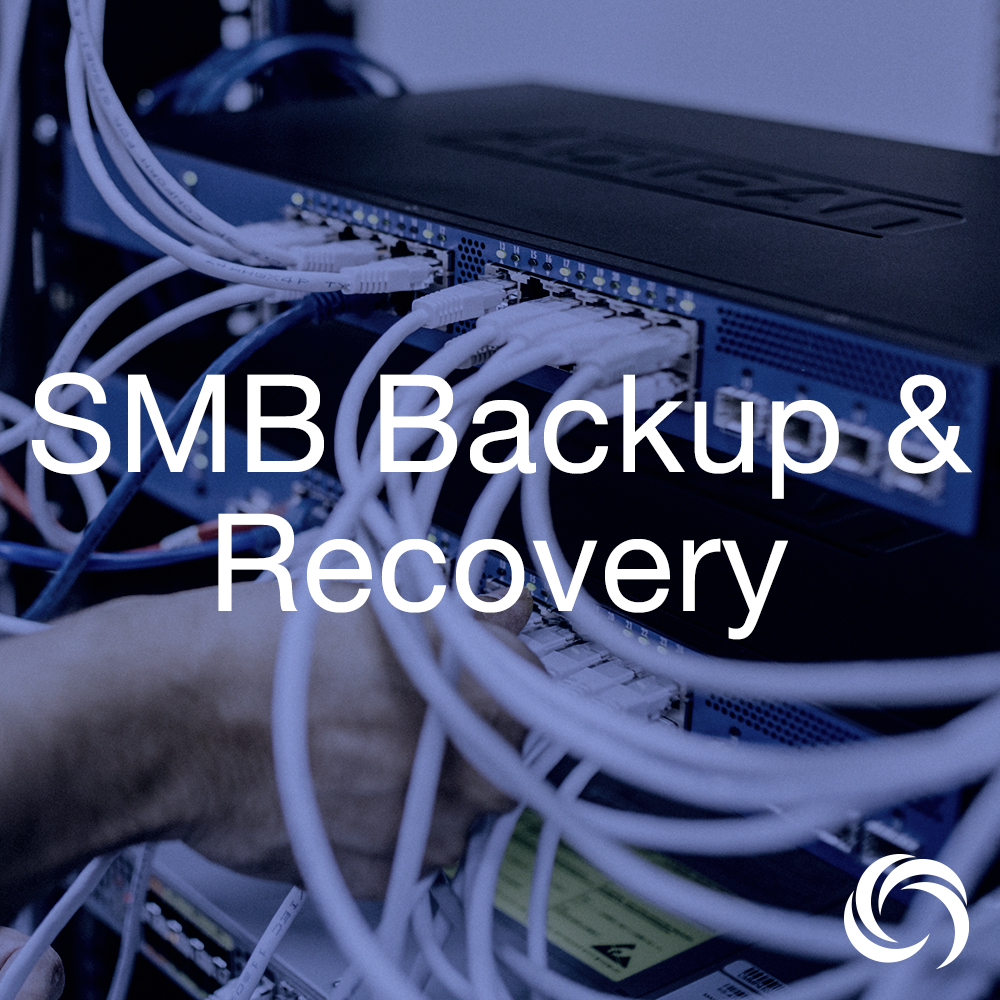Backup and Recovery for SMBs

This is our fourth blog to help your SMB start the year with quality cyber hygiene. If you missed the other three, find them here: Education and Awareness, Data Protection, and Risk Management.
Every small and medium-sized business (SMB) needs a plan to preserve and recover business data because not all data loss comes from hackers. 70% of businesses lose data through accidental file deletion, physical disasters like fire or flood, hardware failure, and cyber events. A data loss event can be detrimental to a small business. Between revenue loss during downtime and reputation damage, around 60% of small businesses that experience a data loss event shut down within six months.
No two business backup strategies will be the same, so we will explore some backup and recovery principles for you to consider for your business.
Identify Essential Data
When forming your small business backup plan, the first step is to identify the data and servers that are most critical for business continuity. Depending on the business size, critical data may be housed on servers, drives, or even workstations. The first goal of a backup and recovery plan is to keep your business operating and reduce downtime.
Backup Schedule
The next step is implementing a backup schedule and automating the backup process. Most data loss occurs from human error, so automated backups are critical to preserving critical business data consistently to make recovery possible.
3-2-1 Backup Approach
On-site physical backups work well because they are easier and faster to recover from if needed. However, on-site backups are subject to hardware failure, theft, and structural disasters like fire and flood. Cloud backups are less expensive than on-site backups, and the data can be accessed from anywhere with a network connection. However, full recovery from cloud backups can require large amounts of bandwidth and take a long time, depending on the size of the recovery. A compromise is the 3-2-1 approach, which states that three copies of the backup data should be kept. Two are in different locations on-site, and one is in a cloud solution far away from the business location.
Testing
After you have developed and implemented your small business backup and recovery plan, testing the system to ensure it’s preserving your intended data is crucial. Scheduled testing at least once per year helps identify system issues and changes needed to preserve the correct data. As a business grows, it’s common for new users, workgroups, or servers to get left behind if the system is not tested often. Data and recovery are beyond the scope of many SMBs, and they often work with Managed Service Providers (MSPs) like Skynet Innovations to develop and implement backup and recovery plans.
Choose the Right IT Support for your Business
Don’t know where to start as you begin choosing a new IT Provider? Whether you’ve never had an IT provider or your current one isn’t doing a satisfactory job for you, our Managed Service Provider (MSP) Checklist is a valuable asset in your search.
This checklist will help you gather the information an MSP will need before they can quote you a price for their service.



